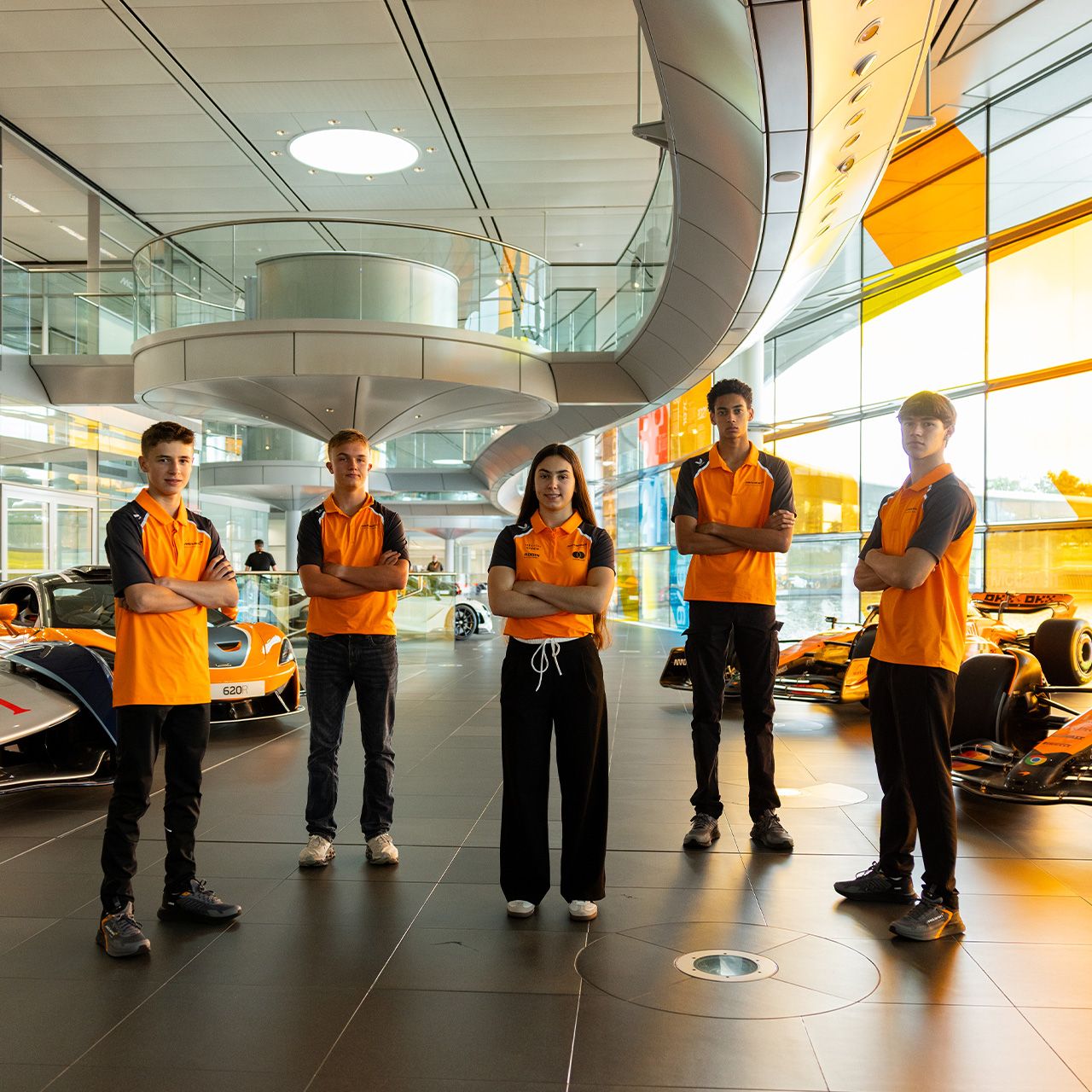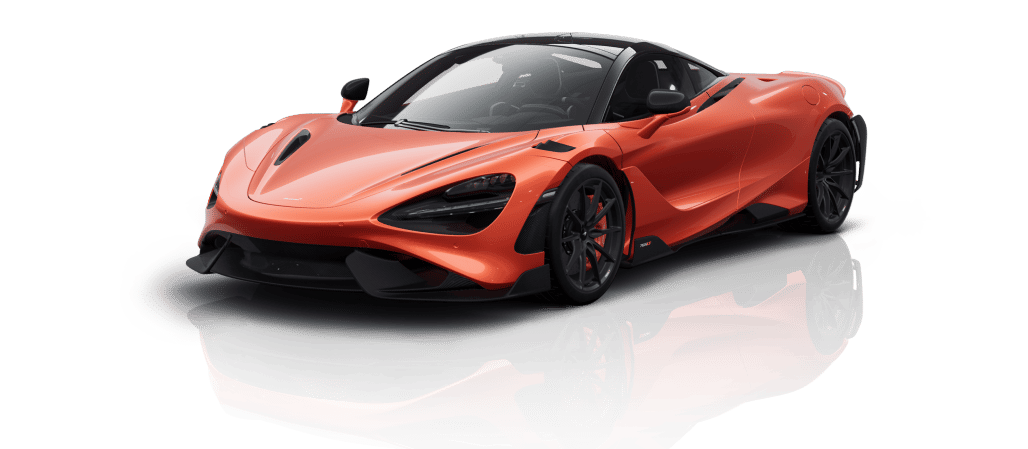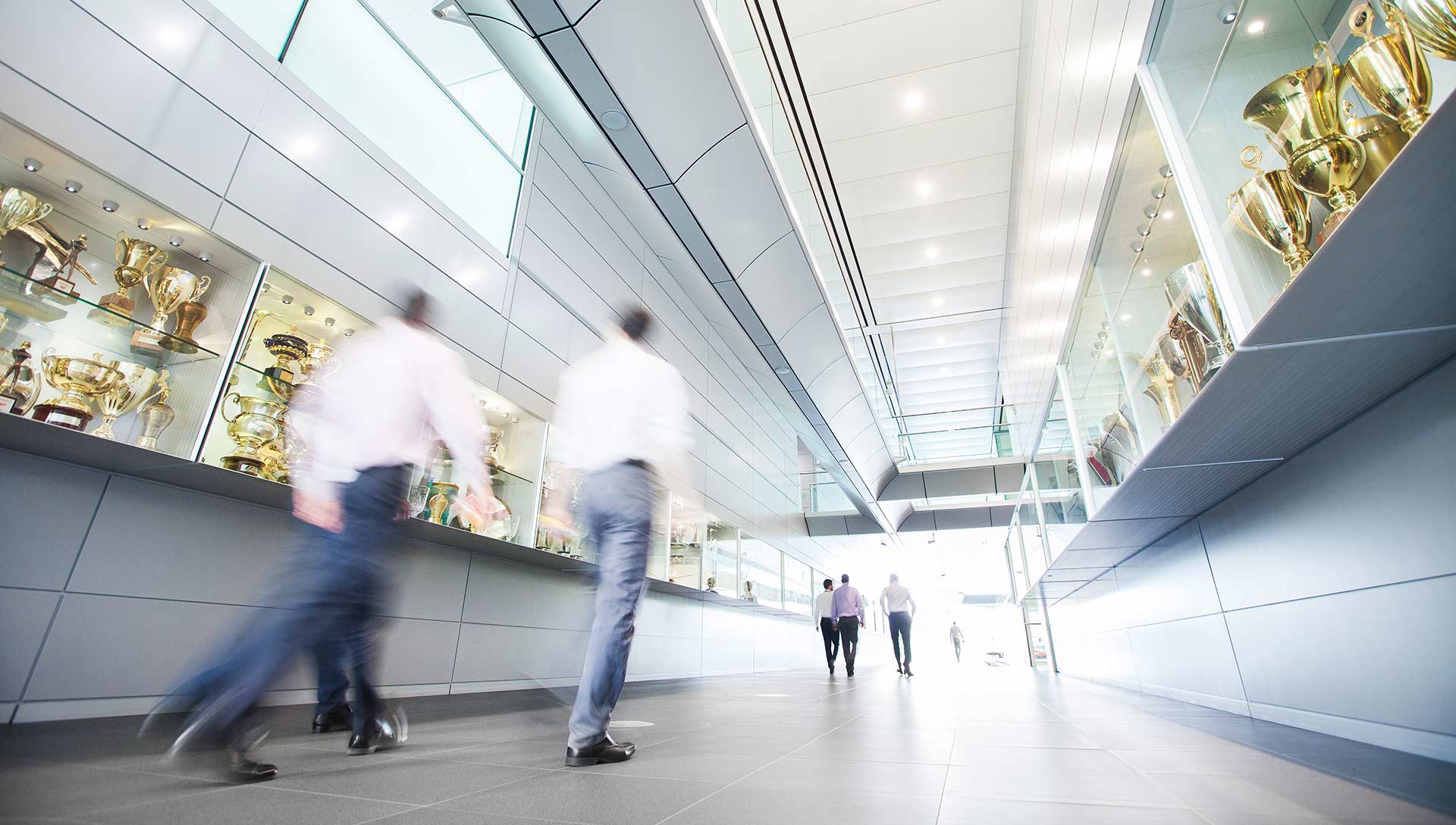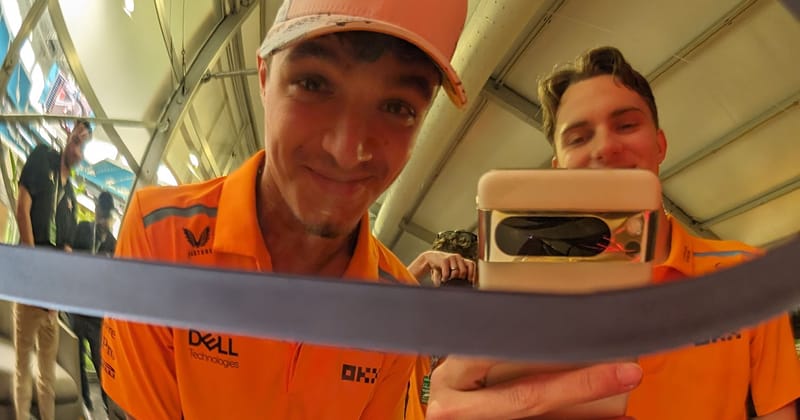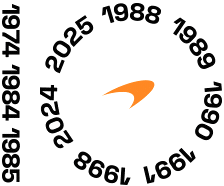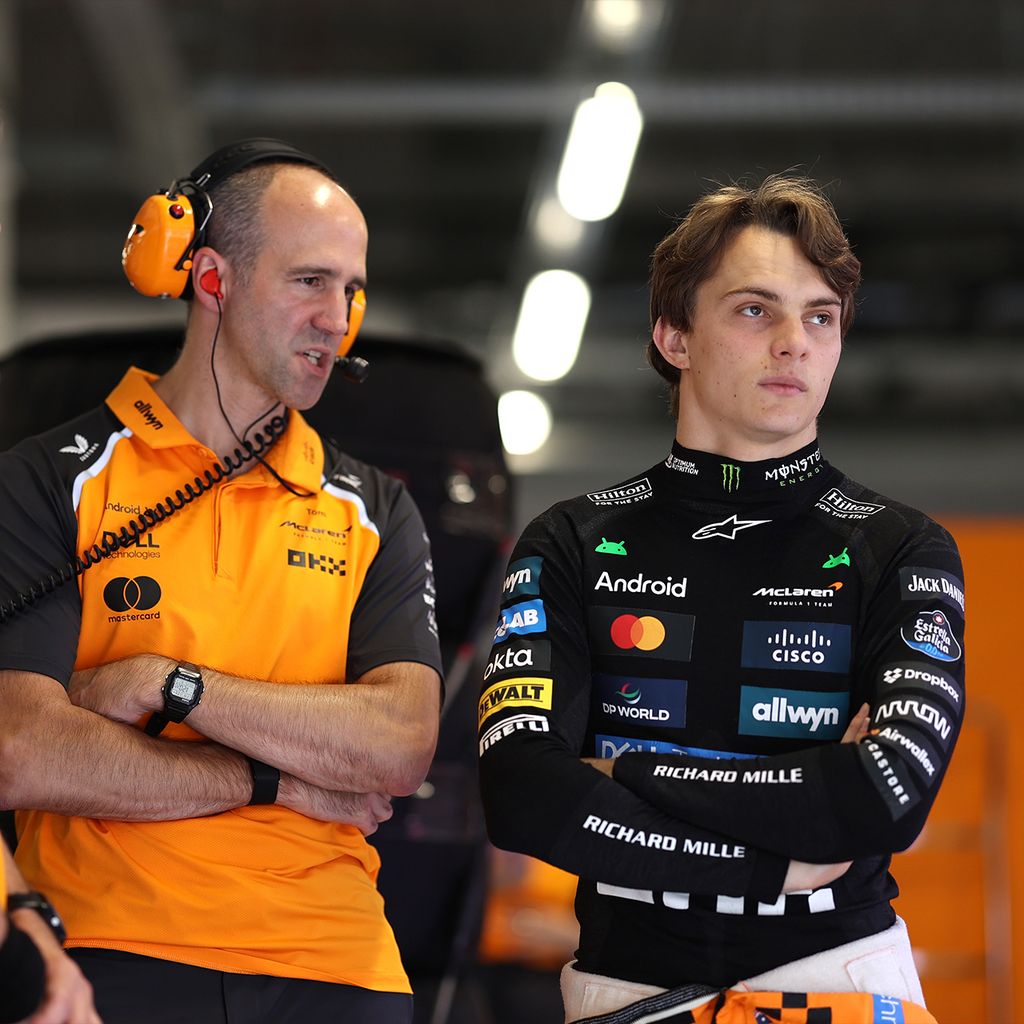
The Hungarian Grand Prix Briefing - powered by Google Cloud
Short straights, tight turns, and higher downforce: Answering this weekend’s key questions

Welcome to The Briefing, where we’ll be answering the key on-track questions ahead of the Hungarian Grand Prix.
Each week, powered by Google Cloud, we’ll be speaking to one of our trackside experts to walk you through the biggest talking points and provide you with a simplified guide of what you’ll need to know to jump straight into the action. This week, ahead of FP1, we spoke to Henry Fidler.
The Hungaroring is very different from many of the high-speed tracks we’ve visited recently, featuring short straights and tight corners, requiring similar levels of downforce to Monaco. Overtaking is more difficult, meaning that the importance of Qualifying is increased, as is tyre management in the race, while mistakes are punished.
In this weekend’s edition of the briefing, Henry will explain why and how we plan to tackle those challenges. He’ll also delve into our plans for the three Free Practice sessions, having enjoyed just one last time out in Belgium due to the F1 Sprint format.
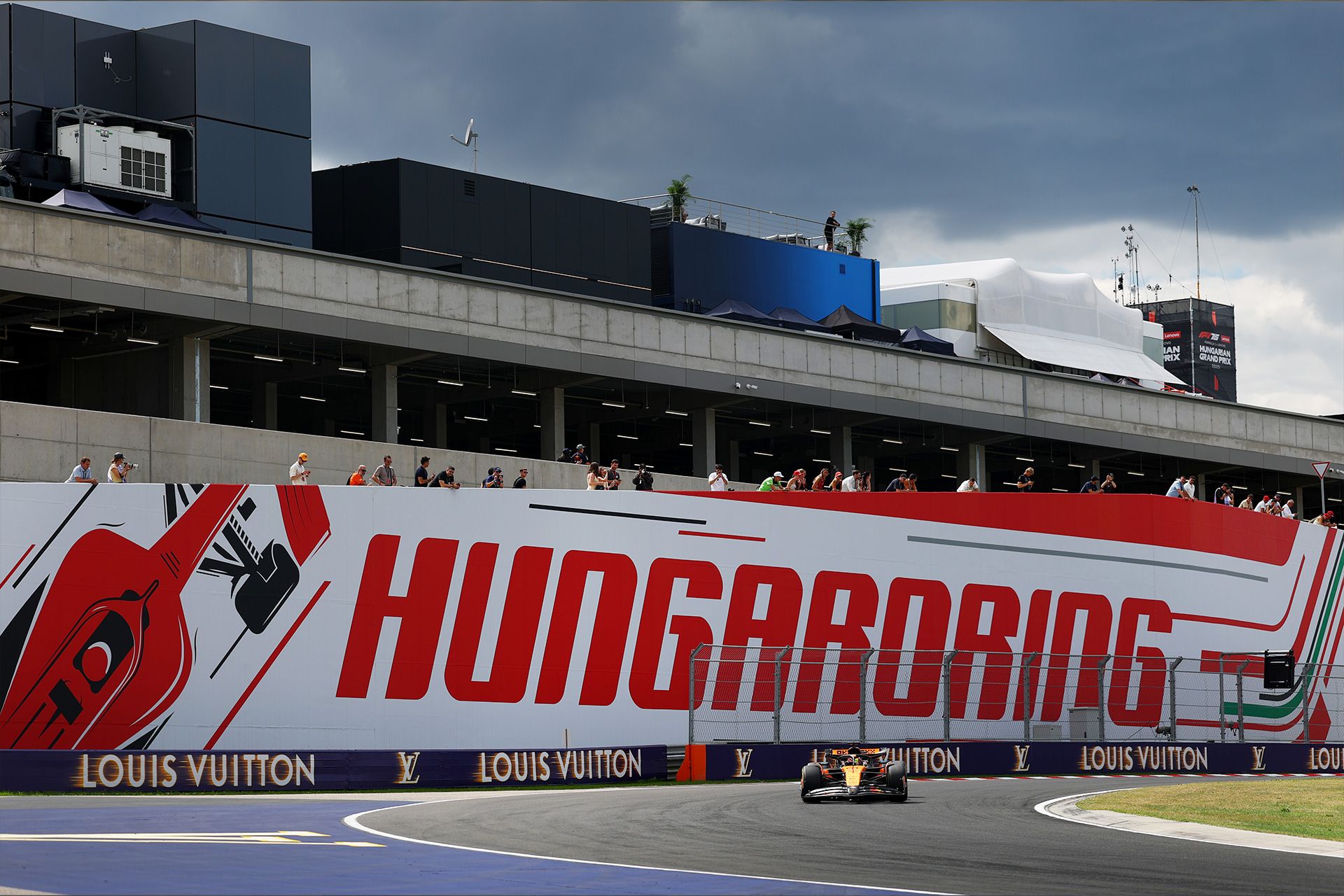
A Sprint race weekend doesn’t provide much opportunity for development work. Is there a backlog of test items to get through here in Hungary?
At this point in the season, we’re actually in pretty good shape. There are a few minor items to test, but otherwise, it’s more of a weekend for learning about the car we have. We ran a new floor at Spa, having tested it at Silverstone. It delivered what we expected, but this is an opportunity to learn a bit more about it.
The tracks we’ve been to recently have featured plenty of high-speed corners. The Hungaroring is very different. Where does the setup go this weekend?
This is probably the second or third highest downforce track we go to, so we’re going to our maximum downforce rear wing that, so far this year, has only been raced in Monaco. We need a little more straight-line speed here than we did there, so we’ll be running it with a smaller beam wing. It’s a configuration we’ve not run before, so there’s some learning to do.
Extra straight-line speed isn’t very helpful here. Turn 1 is the only real overtaking opportunity. You can overtake into T2 but it’s uncommon. Key to overtaking at T1 is staying close in the final section between T12-T14, and running lower downforce means you will lose time in that last sector.
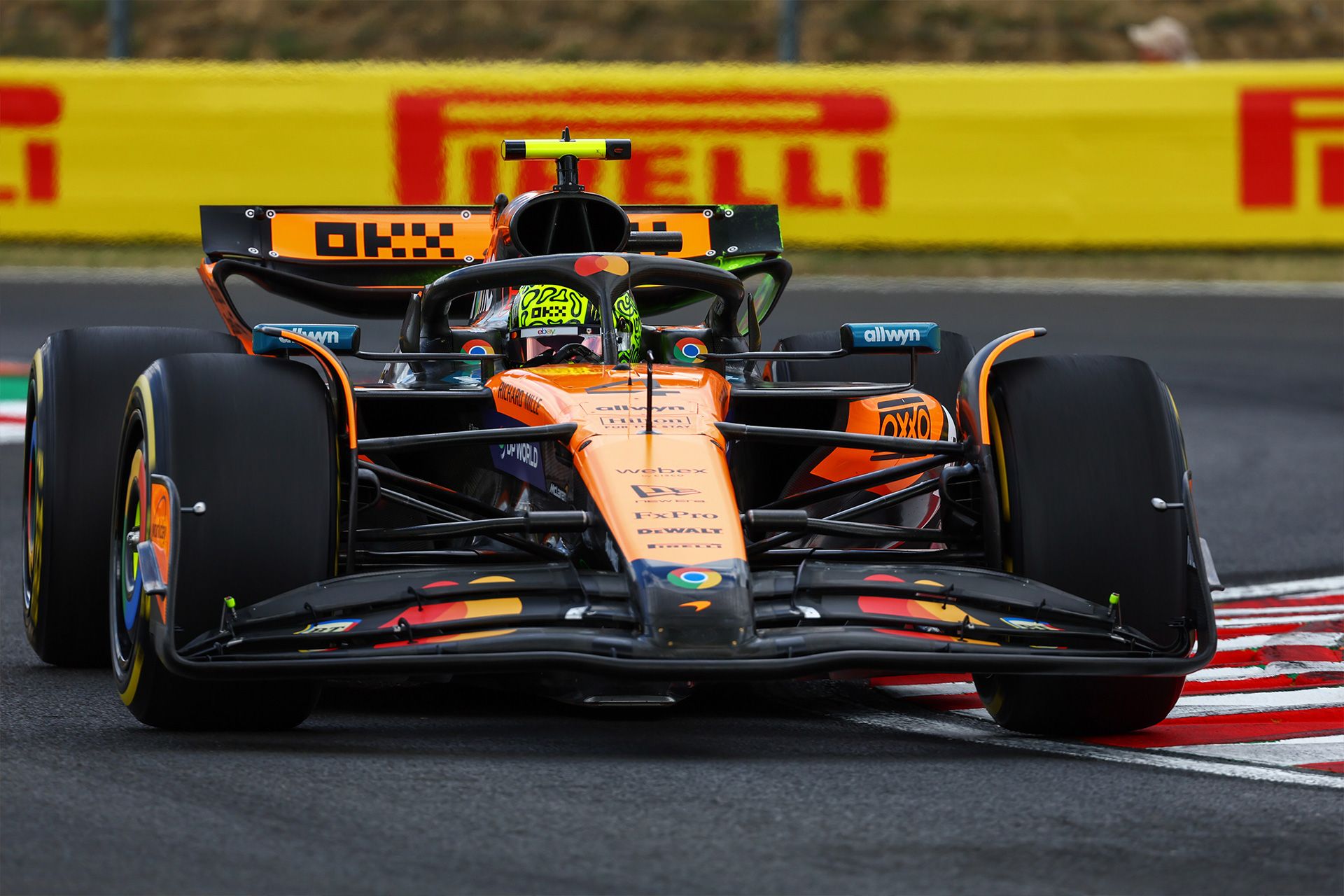
This is a race where tyre management plays a big role in both Qualifying and racing. What are the key factors to understand?
The lap time advantage you need to overtake here is quite high but, equally, lap-time degradation is also quite high. So, you quite often see cars on tyres of different ages, and the car with younger tyres overtakes fairly easily. If cars are on the same strategy and don’t have a tyre delta, it's pretty hard to overtake unless someone makes a mistake.
This year’s tyres are a little more robust but we would still expect to see a two-stop race. Last year, there was variation between people using two Mediums and a Hard, and vice versa. More teams may bias towards two Mediums this year, because the tyre is more resilient, but also because it was a winning strategy last year. It feels like an important decision, but it’s entirely possible that it doesn’t really matter whether you go 4-2-1 or 4-1-2. It’s certainly something that will require a bit of thought.
In theory, you could wait until this evening to make a decision, but that means you have to burn either a Medium or a Hard in FP3. And given this is a Qualifying-biased event, and the tyres tend to not repeat very well, you really would like to give your drivers two Soft tyres in FP3 to maximise their preparation for Qualifying.
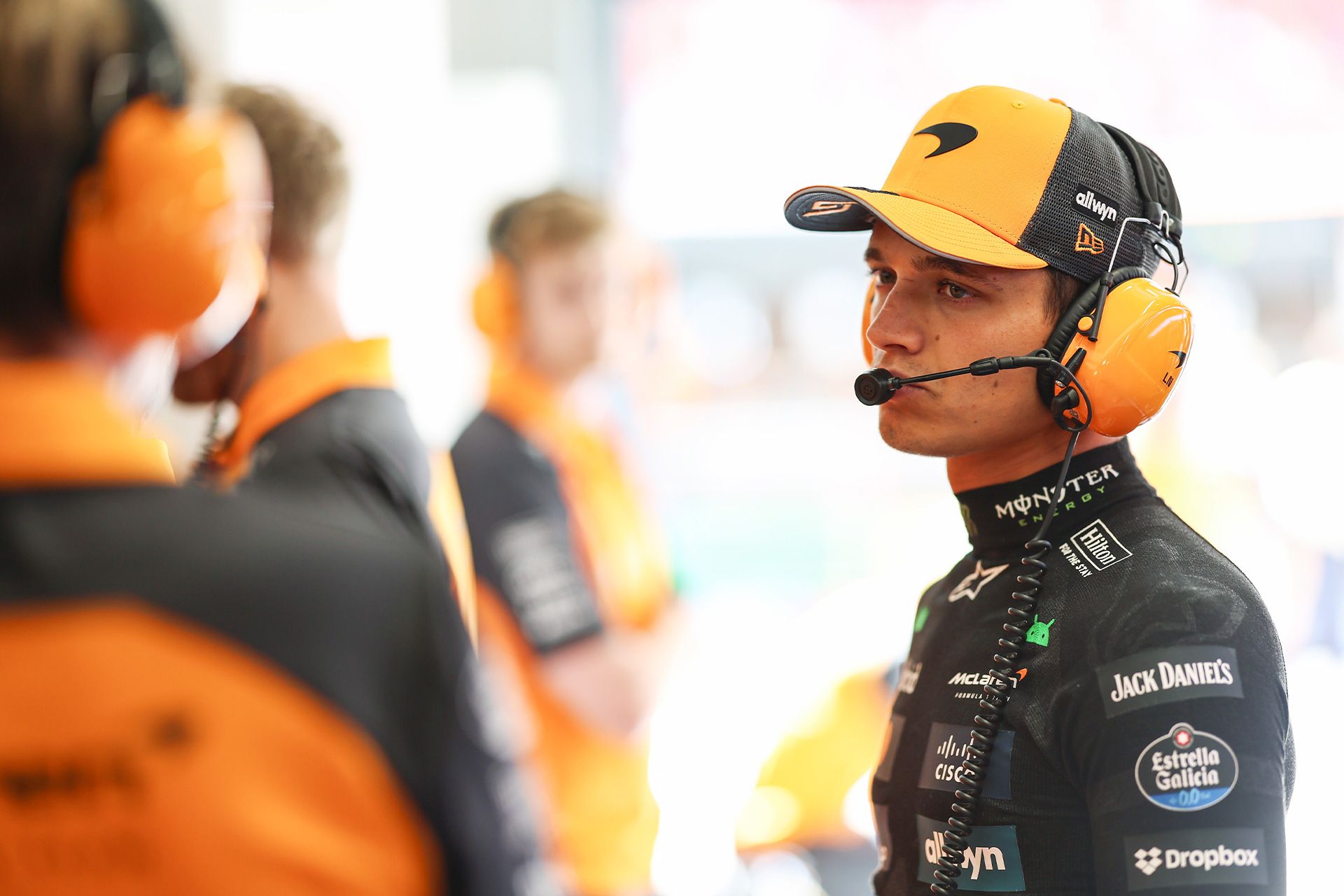
How do the drivers approach a Qualifying lap?
Any driver inputs that add heat to the rear tyres are punished here: wheel-spin, snaps, locking the rears on entry in the first half of the lap definitely penalise you on the second, so drivers have to take a practical approach to a Qualifying lap.
The track has a reputation for penalising tiny errors. Can setup help the drivers avoid those – or do they simply have to be careful?
Certainly, we'll try to adapt what we do with the car to suit the track conditions and the track temperature. Obviously, the ideal is for the drivers to be perfect every single lap – but they are human, it's a noisy environment, it’s very difficult, and it’s up to us to help them. We try to stabilise the car through setup, but also with the front wing flap angle, the brake balance, the various toys on the steering wheel. If there’s a choice of going in one direction or another, we’d probably prefer to be slightly too stable, slightly too understeery, than too oversteery.
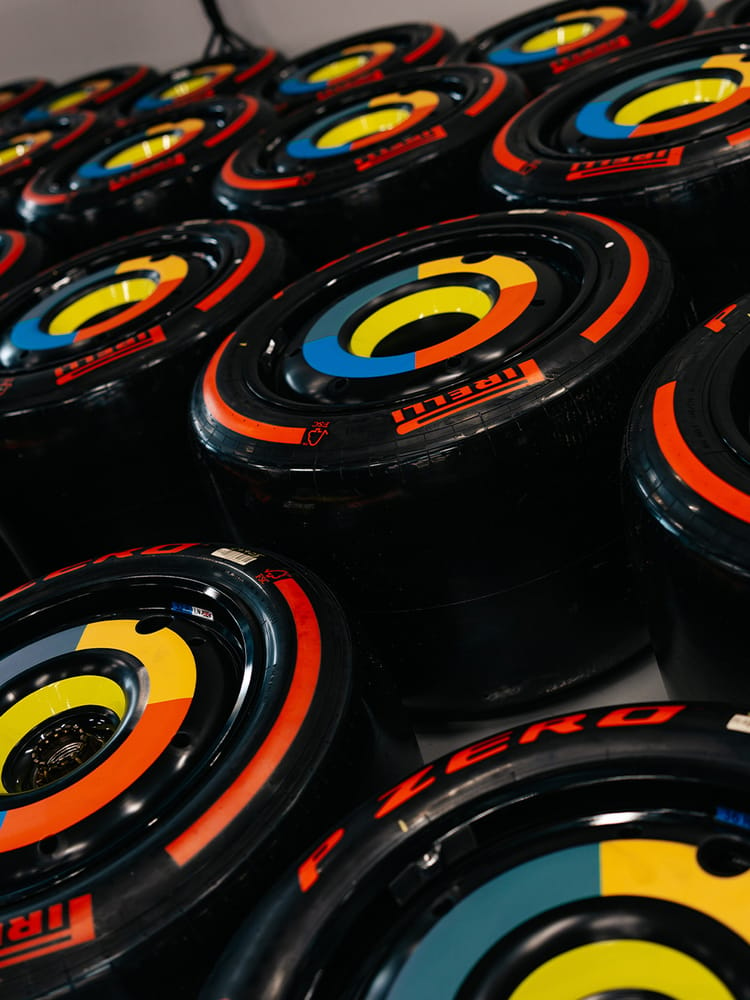
Find your competitive edge with Google Cloud
Traction tends to be important. What can you do to improve it, and what do you have to compromise to do that?
This is a very different circuit to Spa. Last week in Belgium, the requirement was for straight-line traction, here it’s more of a combination – accelerating while steering. It’s something we would try to influence with the balance of the car. We will move the lateral balance, but it comes with a risk of hopping – lifting the inside front wheel – in places like T3 and T12. That tends to be the limitation of how much we can do, but on Sunday, when we’ll be trying to look after the rear tyres, it’s something that's critical to manage.
While it’s not quite as hot as last year, it is hotter than most circuits. How does that impact what you do with the car?
We’ll start with bodywork that’s quite loose on Friday and see if we can close it up as the practice sessions go on, to reduce drag. The tricky thing here is that, in the race, there’s a good chance you’ll be doing quite a lot of lift & coast to look after the tyres, which also has an impact on PU temperatures. The thing we want to avoid is running with open bodywork that’s correct for the temperatures, but doing lots of lift & coast which means you get nowhere never the limit.
McLaren Racing leverages Google Cloud AI to gain a competitive edge by visualising race data to provide real-time insights, and creating efficiencies across processes and resources.
Recent articles
All articles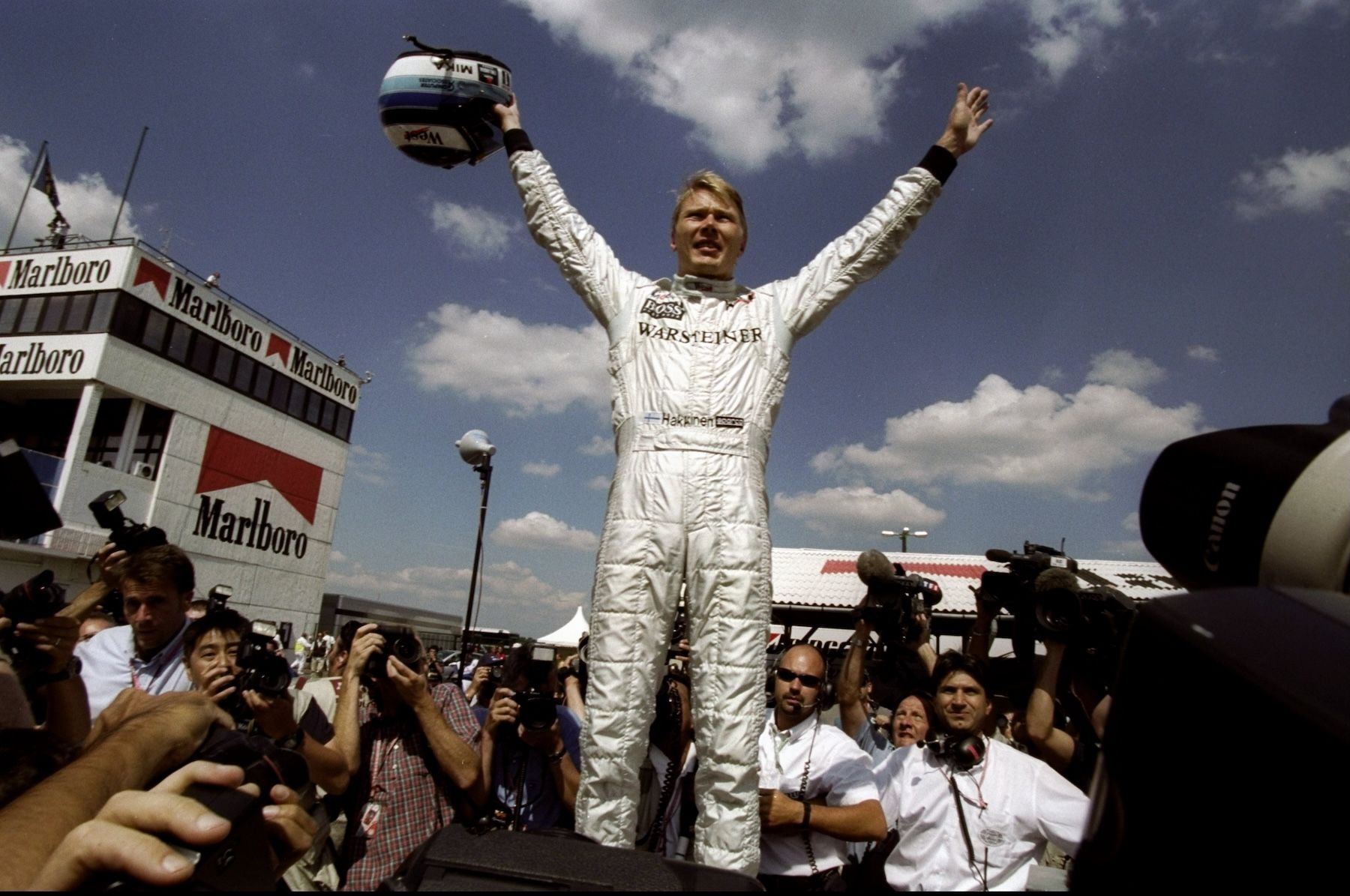
The crucial role of the Hungarian Grand Prix in Mika’s 1999 title triumph
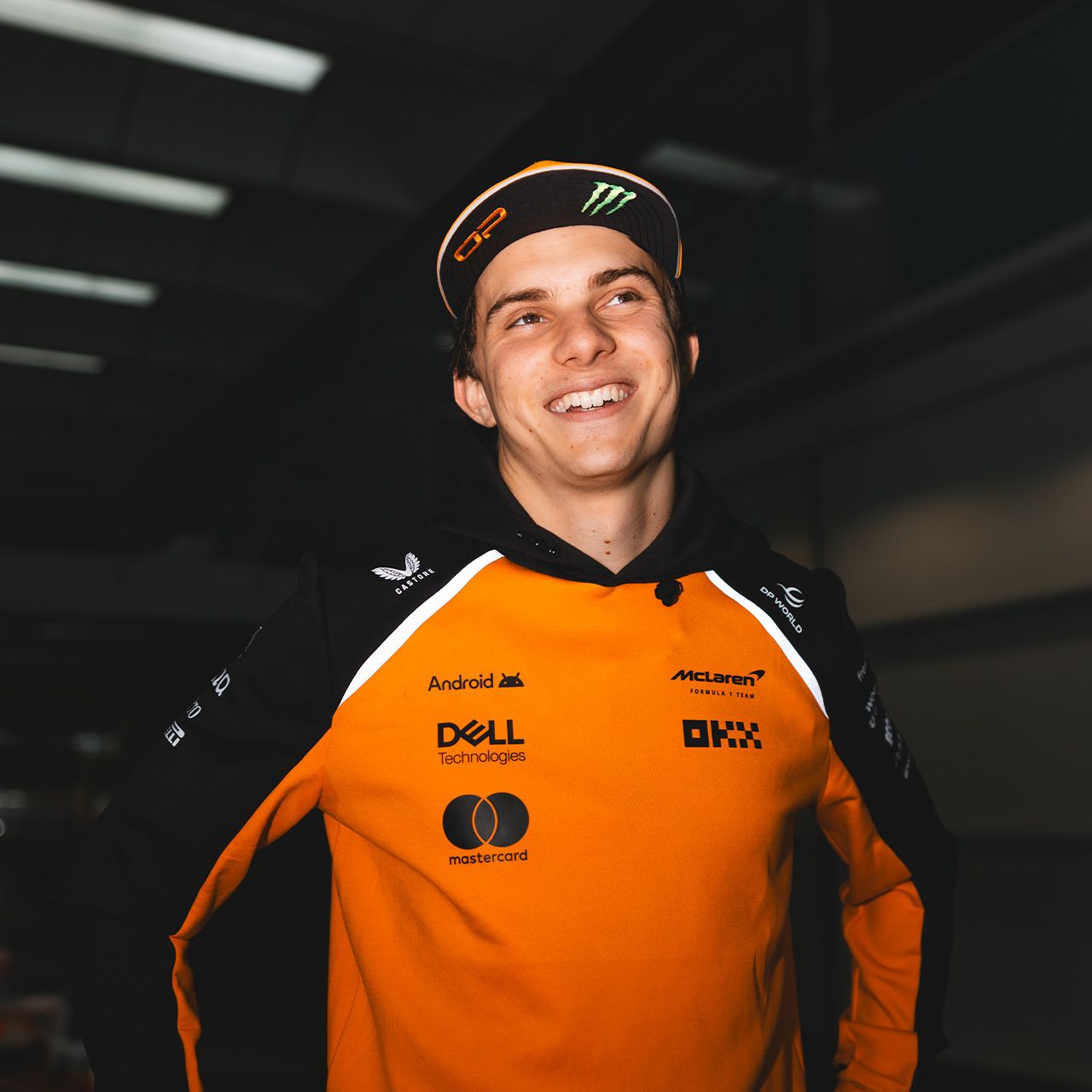
Reliving Oscar’s first Formula 1 victory in Hungary 2024
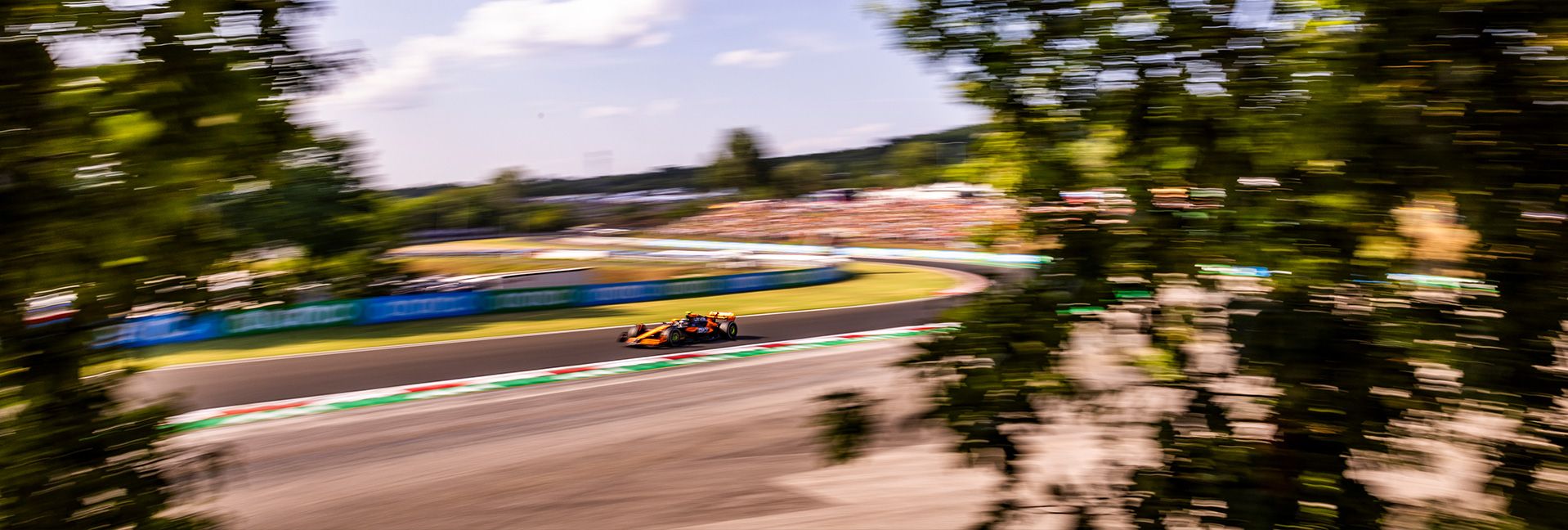
Preview: The 2025 Hungarian Grand Prix – presented by OKX
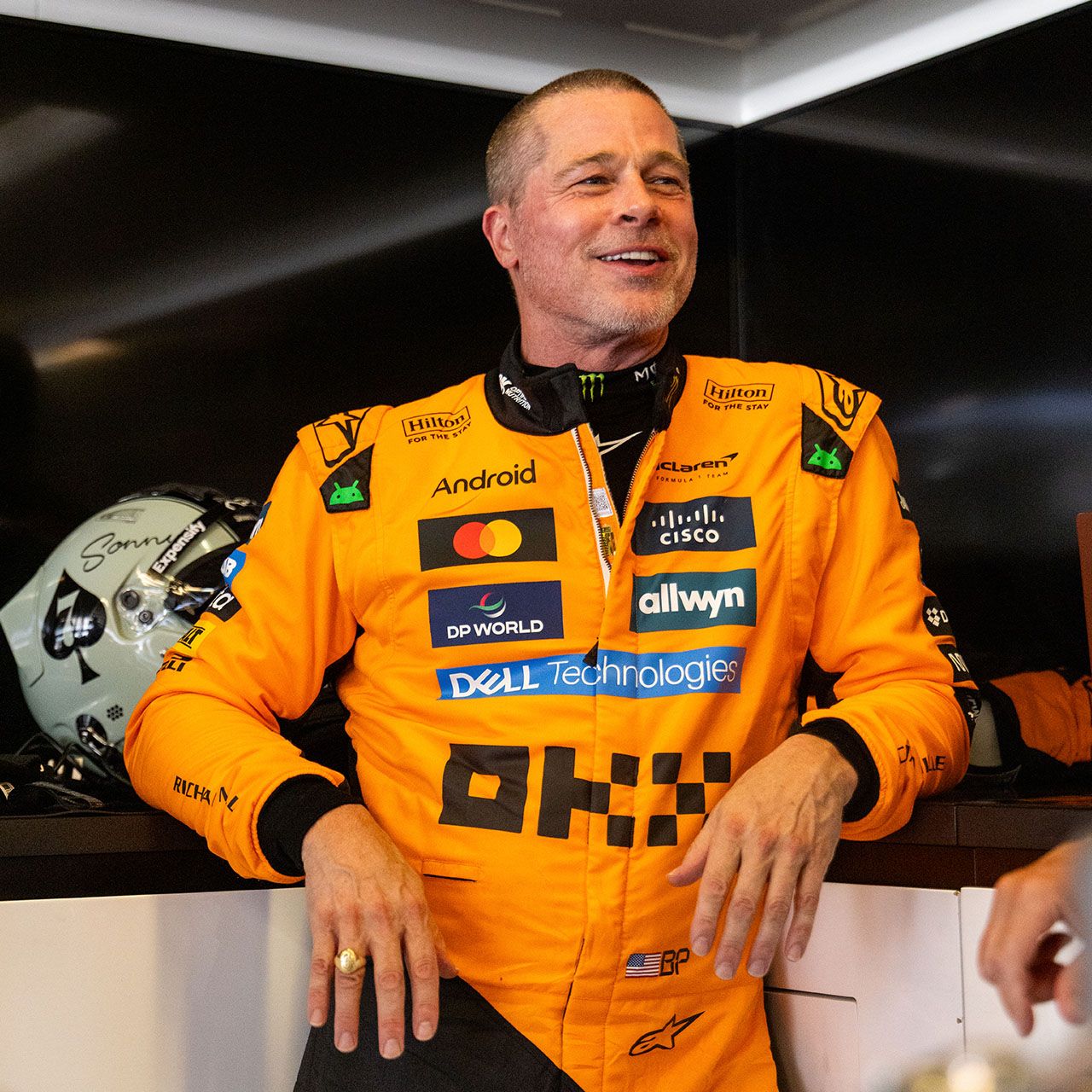
Brad Pitt drives the MCL60 around COTA to celebrate the global release of F1® The Movie
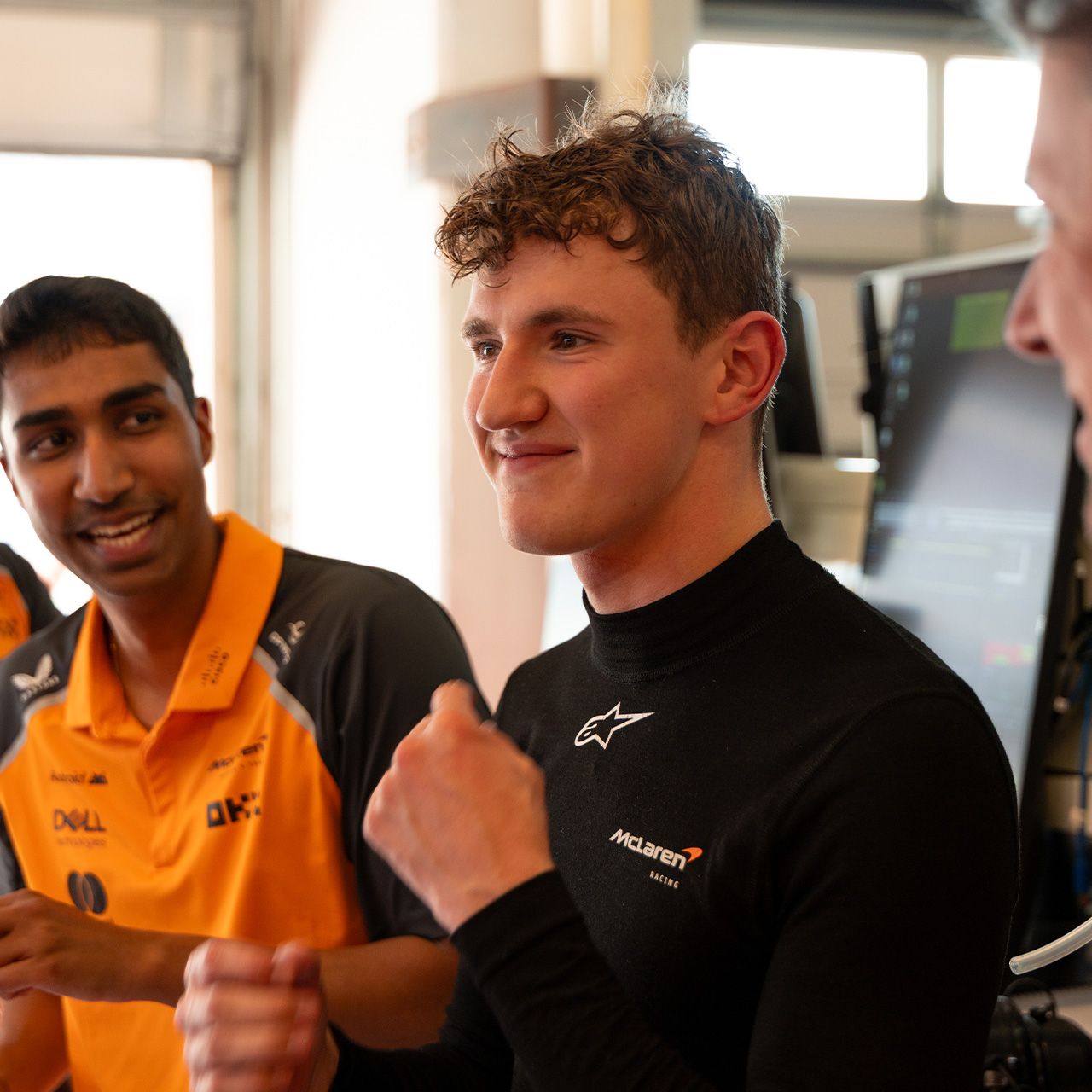
Behind the scenes of Alex Dunne’s first F1 test
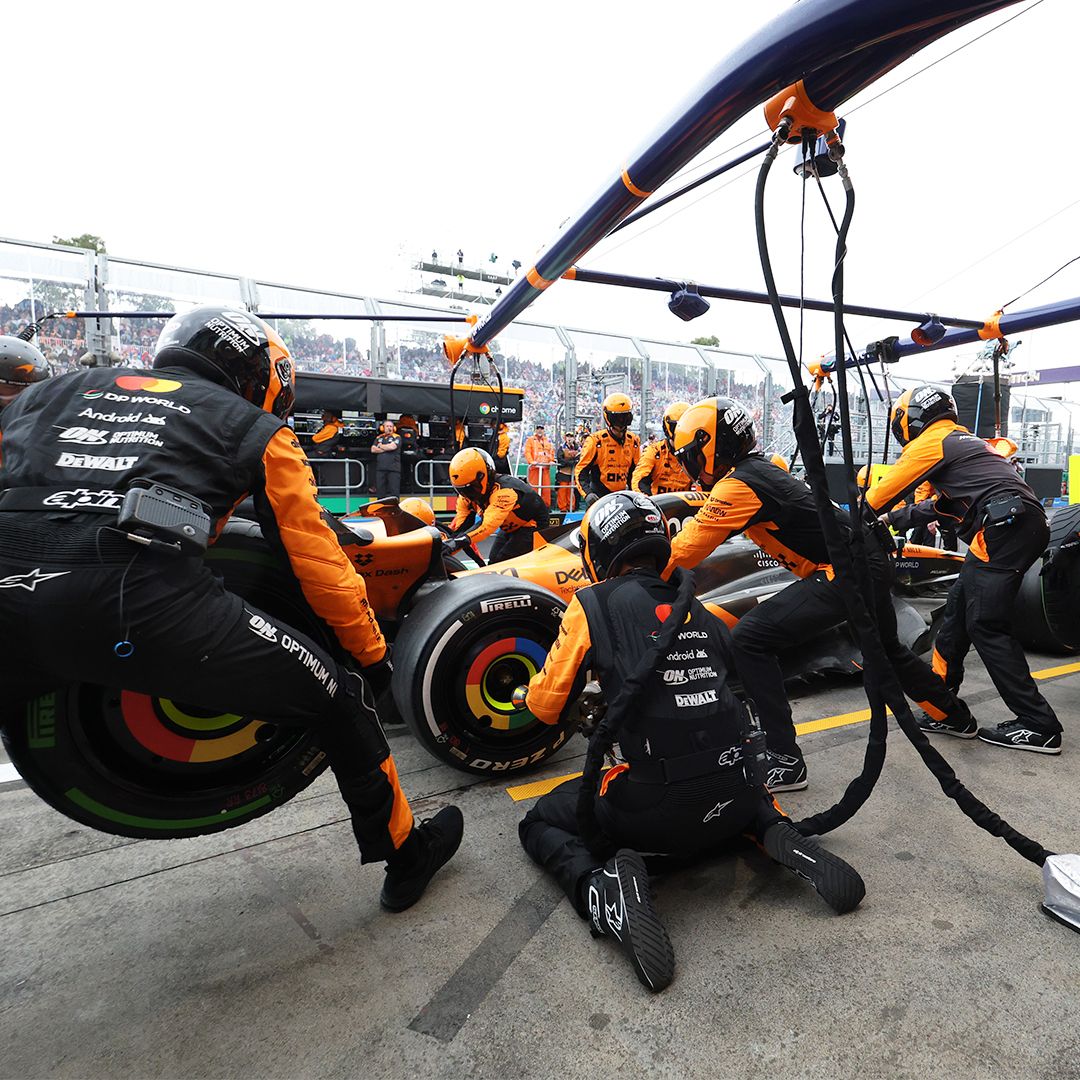
Rotation, role selection, and plenty of practice: Behind the scenes of a well-executed pit stop
